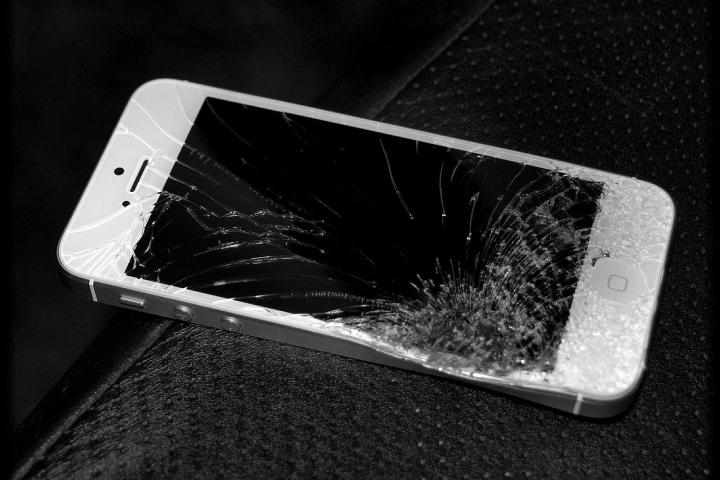
In fact, so many people have been affected that a class action lawsuit has been filed against Apple, lead by Thomas Davidson of Pennsylvania, Todd Cleary of California, and Jun Bai of Delaware. The lawsuit essentially accuses Apple of violating consumer fraud statutes through negligent misrepresentation and breach of implied warrant. The payout? Those filing the lawsuit want Apple to recall and repair all affected iPhones. On top of that, the plaintiffs are seeking an unspecified amount in damages.
“Apple has long been aware of the defective iPhones. Yet, notwithstanding its longstanding knowledge of this design defect, Apple routinely has refused to repair the iPhones without charge when the defect manifests,” the papers for the lawsuit states.
“Many other iPhone owners have communicated with Apple’s employees and agents to request that Apple remedy and/or address the Touchscreen Defect and/or resultant damage at no expense. Apple has failed and/or refused to do so.”
The defect, which iFixit appropriately dubbed “Touch Disease,” seems to affect iPhone units indiscriminately. It appears without apparent cause or forewarning, manifesting most commonly in the form of visual artifacts and out-of-whack sensitivity. A thin, gray strip fades in and out near the screen’s top-most portion, accompanied by worrisome non-responsiveness to touch. Eventually, the touchscreen stops functioning entirely.
Researchers at iFixit haven’t settled on a definitive cause just yet, but they believe Touch Disease may have something to do with the day-to-day strain most iPhones experience. Over a period of weeks and months time, subtle bending and twisting of the phone can apparently crack the internal electrical components.
“At first, there may be no defect at all. Later you might notice that the screen is sometimes unresponsive, but it is quick to come back with a hard reset,” a spokesman for iFixit explained in a video. “As the crack deepens into a full separation of the chip-board [crack], the periods of no touch become more frequent.”
It’s been difficult to pin down a fix. Putting pressure on an iPhone’s display resolves the issue temporarily, but it often returns worse than before. Even replacing the screen doesn’t help. According to iFixit, the touchscreen controller chips — the silicon which detects and responds to your finger against the touchscreen — may be to blame, and that’s bad news: on the iPhone 6, they’re soldered to the hard-to-reach motherboard.
In iFixit’s estimation, the only permanent solutions are quite drastic: 1) replacing the damaged handset entirely or 2) swapping out the motherboard for an unafflicted model. There’s a riskier, third option: carefully replacing the mainboard’s borked chips for new ones — but you’ll need a steady hand and a soldering kit. MacRumors reports that most Apple stores aren’t equipped to perform that sort of repair.
Given the exceptionally tricky nature of Touch Disease, the best course of action is buying a replacement. If you’re under warranty, swapping your affected iPhone for a new, working model should be as easy as stopping by an Apple Genius Bar or mailing it to an Apple resolution center. But things are a bit tougher if you’re out of warranty. In that case, you might try your luck at a third-party repair house, but be forewarned: Apple doesn’t sanction such shops.
However, you don’t have many alternatives for now. iFixit reports that although Apple appears aware of the issue — its support forums have been “flooded with complaints” — it “isn’t doing anything about it.” Here’s hoping that changes, and soon.
Updated on 08-29-2016 by Christian de Looper: Added information of class action lawsuit.
Editors' Recommendations
- This one Apple Fitness feature completely changed how I exercise
- An Apple insider just revealed how iOS 18’s AI features will work
- iPhone 16: news, rumored price, release date, and more
- iPhone SE 4: news, rumored price, release date, and more
- 3 reasons why I’ll actually use Anker’s new iPhone power bank


